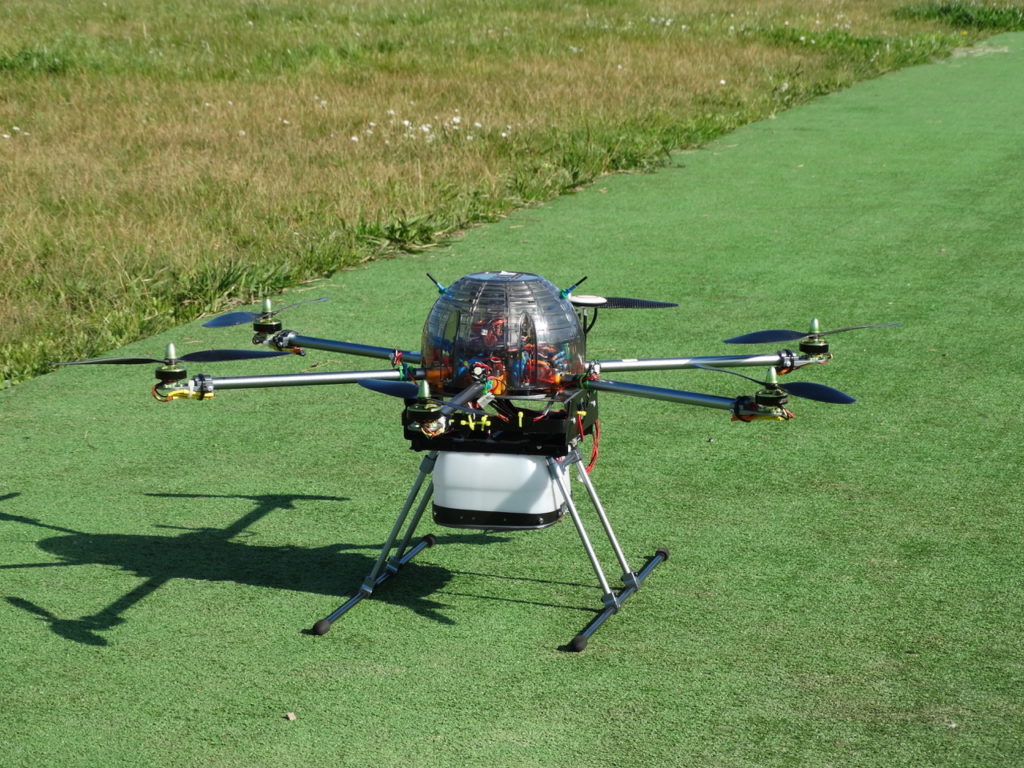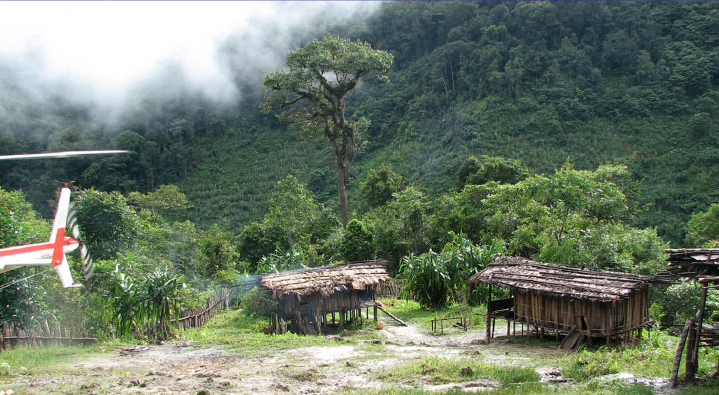Blog
Discover more of our vision and purpose through devotionals, articles, and new technology opportunities.
TECH SPOT: DRONES AND OVERCOMING DISTANCE
September 11, 2020
[HFA Drone Flight in 2015]
Welcome to the fourth post in our Tech Spot series! Click here for the previous post and here for the series explainer.
One of the technologies we use in our work with partners is drones. How do they work, and why do we use them? Read on to find out.
Where and why do you use drones?
Drones can be useful in many situations. Agile hexcopters might be used for short flights to test equipment, or fixed-wing plane-like drones for long-distance reconnaissance: for instance, in places where there are small, isolated, and/or nomadic groups – this could be in the Amazon or the highlands of New Guinea.
It’s estimated that currently, uncontacted tribes in the Amazon number just a few thousand people, but cover more than 14 million hectares of territory – three times the size of Switzerland! The sheer size of the area to cover in trying to find and reach these groups is not the only challenge – they also have a very mobile lifestyle and may have several village bases to travel between. For people who don’t live in the jungle, travel by foot is extremely difficult. The terrain is usually extremely rugged, the ground is slippery, and the heat and humidity are intense. It can take hours to travel just a few kilometres.
So while it’s necessary to find the tribes because they could be moving around, it’s also practically impossible to do so by foot. And of course, you can’t exactly ring up to check who’s home… This is where drones come in (as well as helicopters and planes – watch for that post!) – a drone can cover the same distance in much more easily and help to check if a village is empty or spot where nomadic people might be.

[HFA Image of a Long-Distance Drone]
How does it work?
It really all depends on the objective of the flight. There’s a lot of preparation involved, and getting ready usually takes more time than the flight itself. Here’s an idea of what the process may involve:
- Setting up the craft: What sensors, hookups and extra features are needed for the testing flight with the drone (for example, to measure the brake-force of a parachute used in another project)?
- On site: radio programming, battery charge and many other things need to be checked. The environment, trees, powerlines, weather and related risks need to be considered.
- Regulations: rules around drones have become increasingly stringent, so that we have outsourced some of the drone flying at times.
- Once all systems are go: the actual flight time varies. For example, to test the parachute, a flight may take from 2 to 10 minutes. Sometimes tests have to be repeated. It can be that the craft never moves from the takeoff location except going straight up and back down, while its position is held by GPS navigation. Other flights can be a setup for long distances by fixed wing, where the objective may be different. These last much longer.
Drone operation at a distance
There are 3 common ways to operate a drone:
- Line of sight: the operator keeps visual reference with the craft, much like flying a remote- controlled hobby plane/glider. Stabilisation systems allow the operator to let go of the control sticks while the autopilot controls the craft. You can drink a coffee while the craft hovers near you!
- GPS: the autopilot can also be paired with a GPS navigation system, which allows the setting of “waypoints.” It means the pilot no longer has to give input for the craft to fly a certain pattern. Instead the craft flies a pre-set route from one point to the next autonomously.
- Satellite: if the waypoints are spaced too far away from the operator (like on a waterdrone for example) and exceeds the reach of a radio remote control, then the signal from the operator can be transferred to a drone via satellite. Technology allows for a drone in Africa to be operated from your kitchen table in Australia!
Roads and Routes
The early missionaries scattered from Jerusalem were able to make their way to many cities and other peoples partly due to the network of well-maintained roads of the Roman empire. In later centuries, missionaries made their way to much harder-to-reach places by donkey, by bicycle, by motorbike, and many more creative means that probably never got recorded in any books! ‘Travelling’ by drone is one way to cover large area, and to find the ‘right road’ to travel in order to share the gospel.
Thanks for reading! Do you own a remote-controlled drone? Maybe there’s a way you can serve God’s kingdom with it. He’s used many creative means before!



